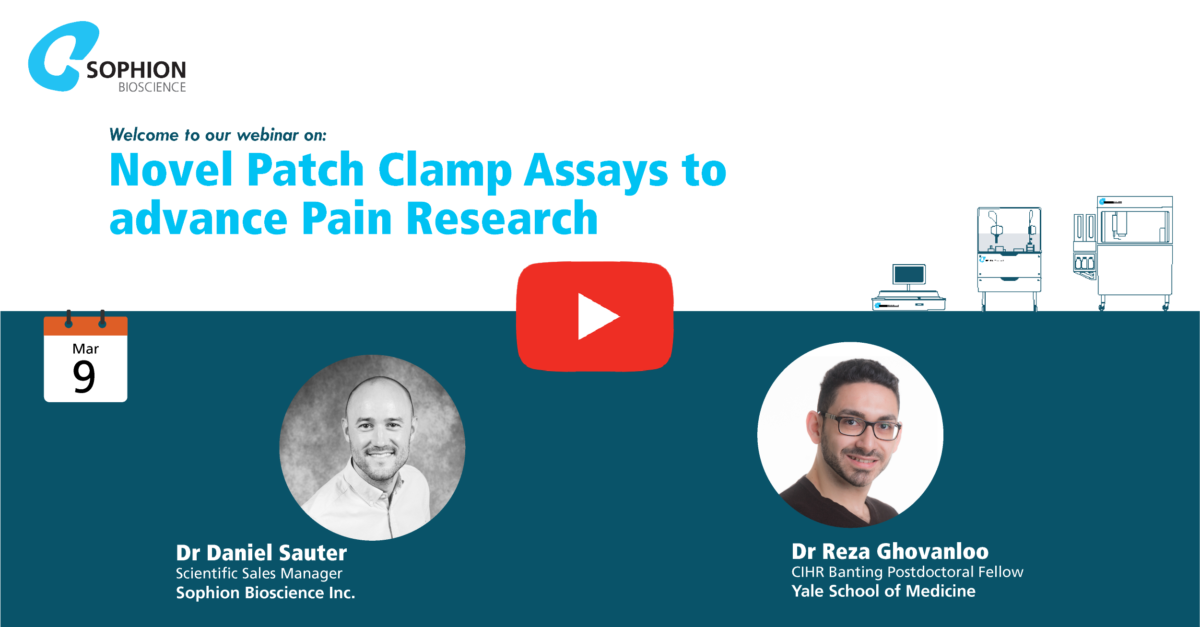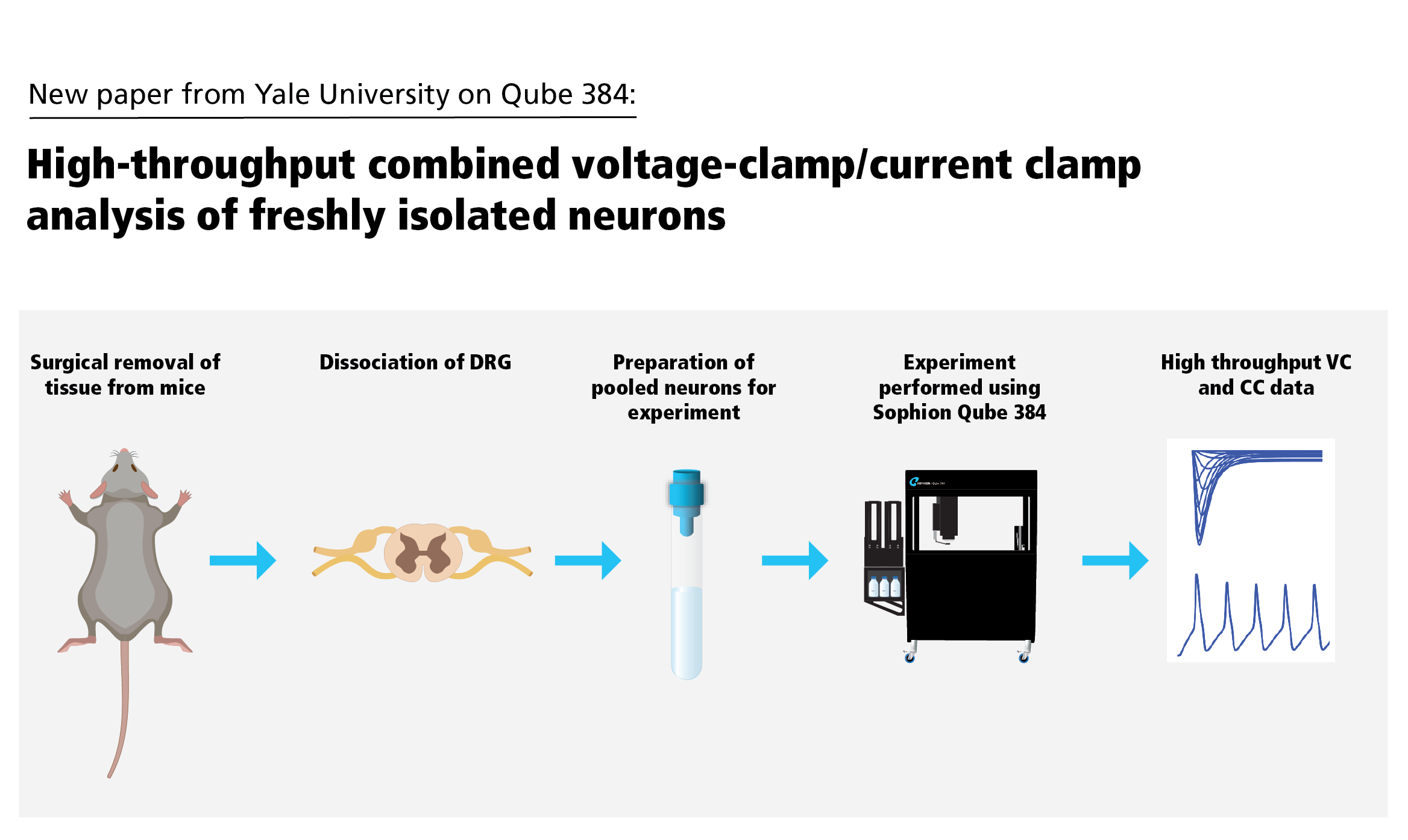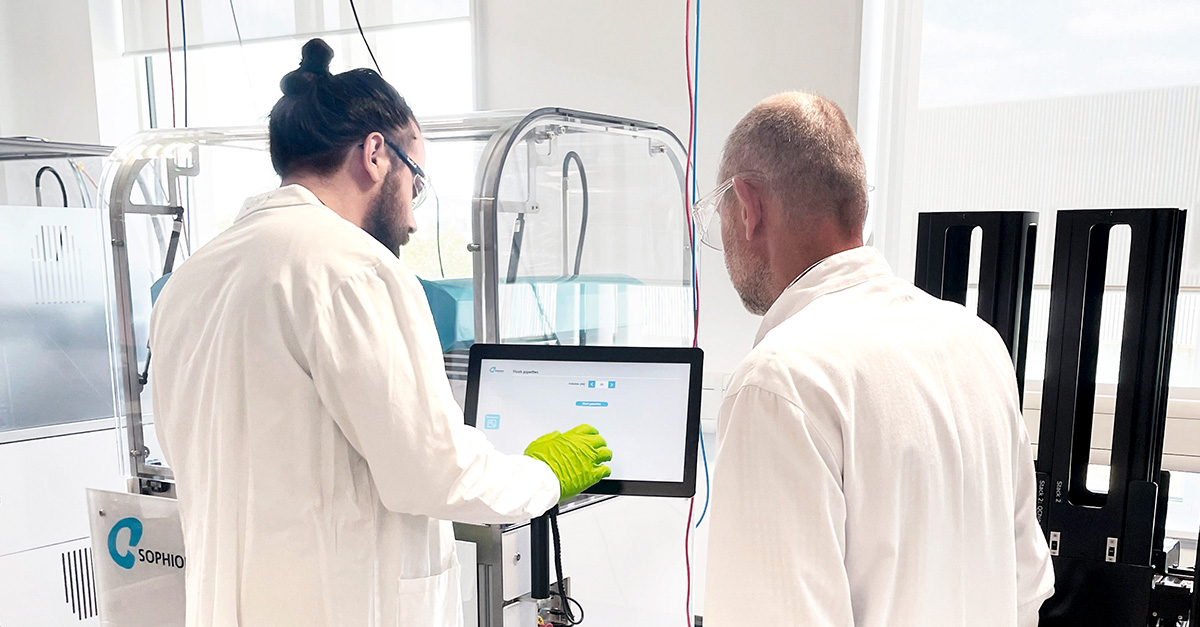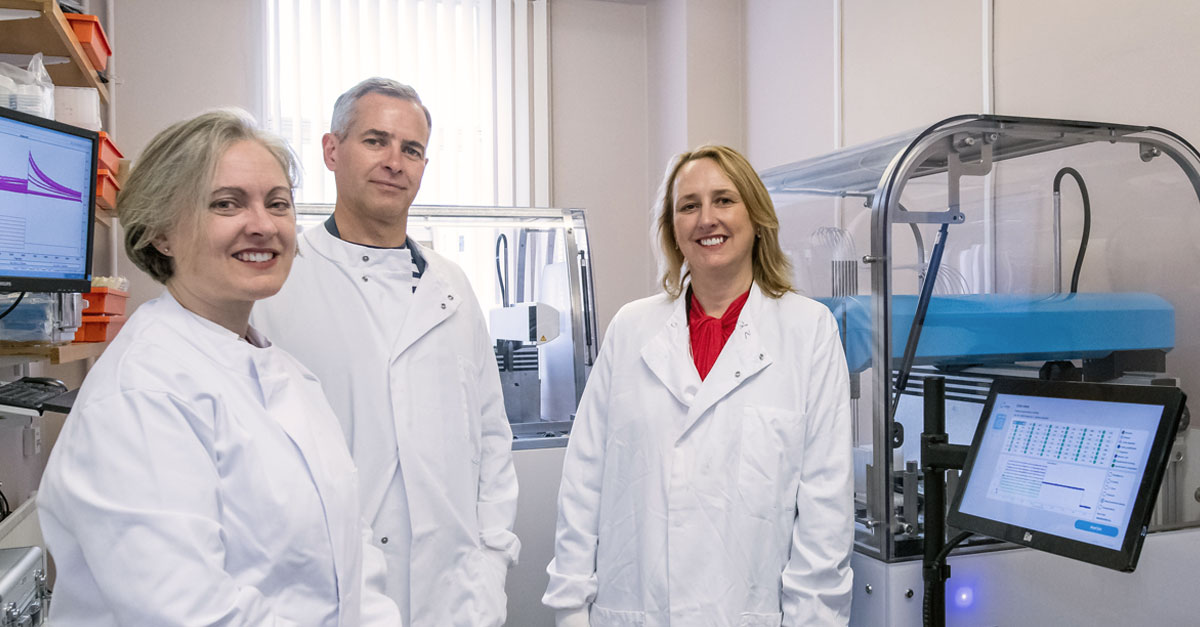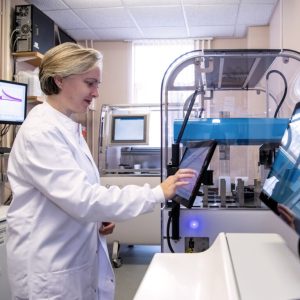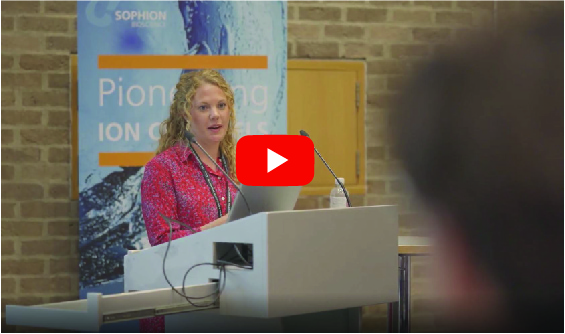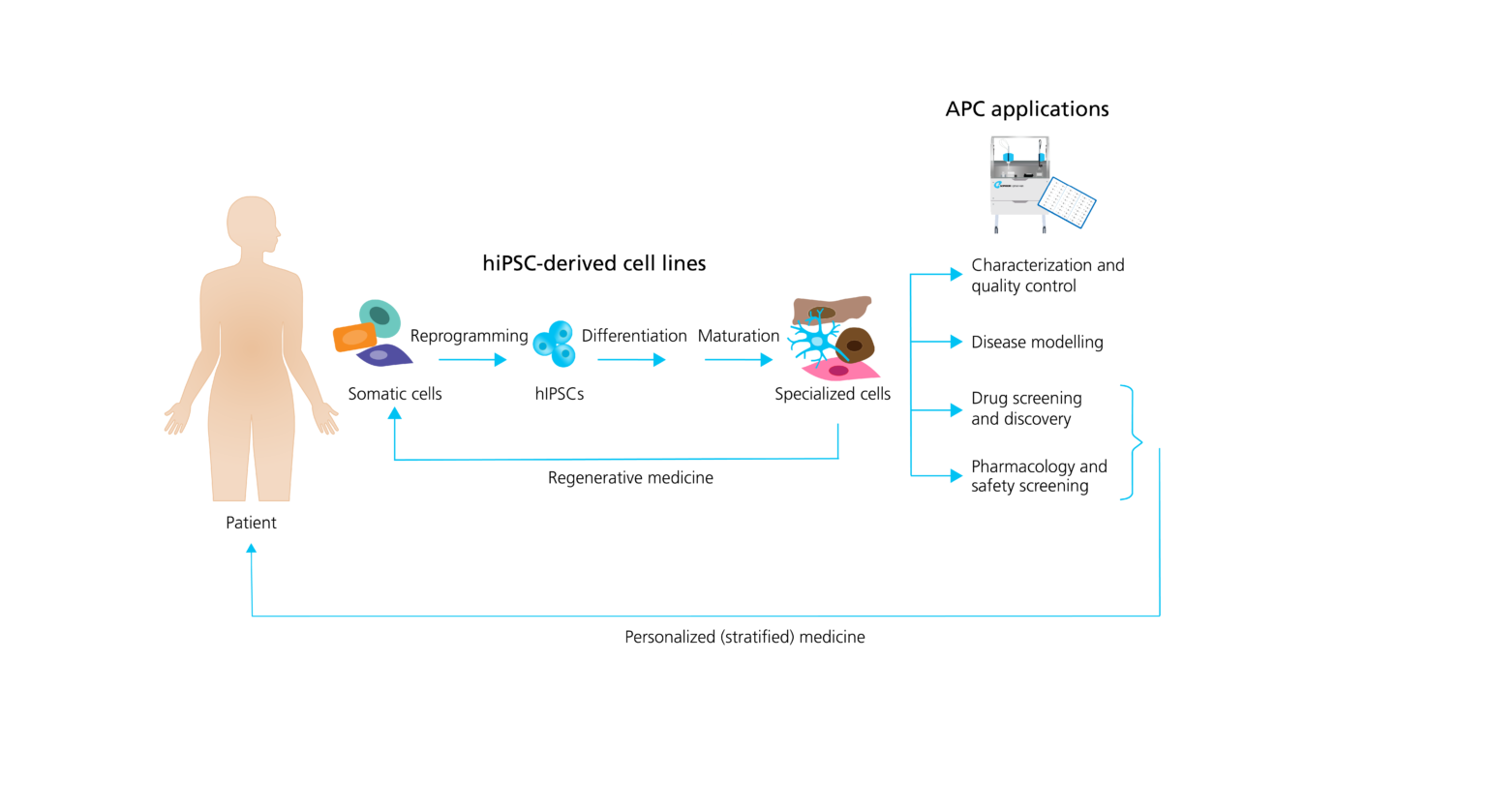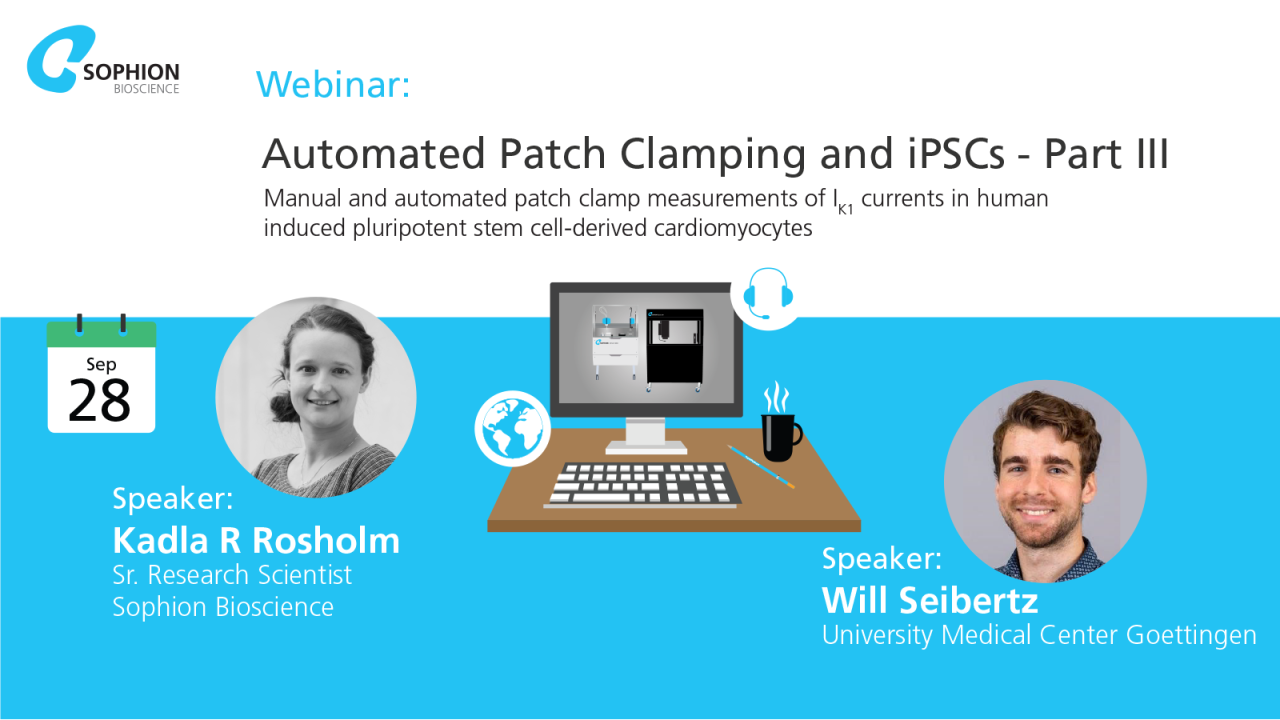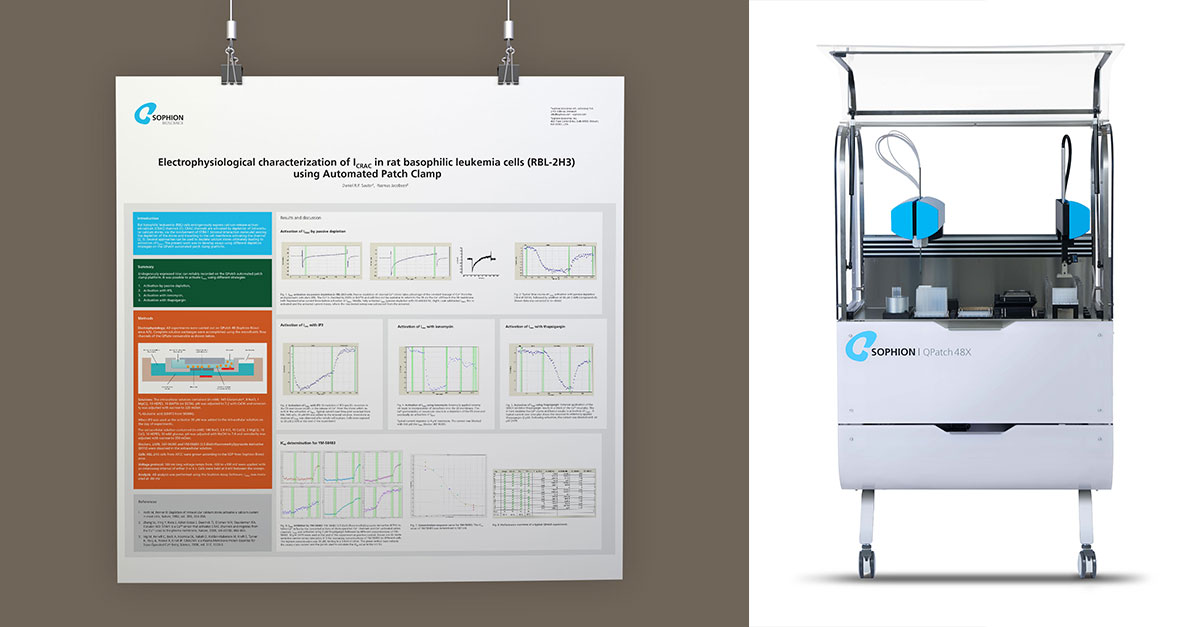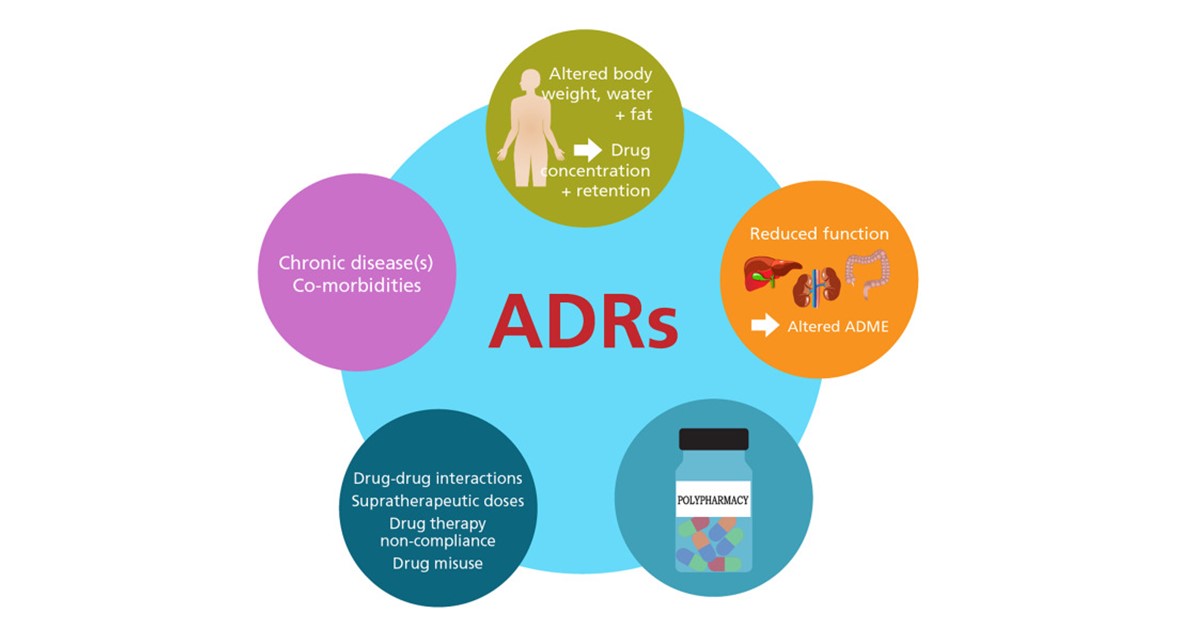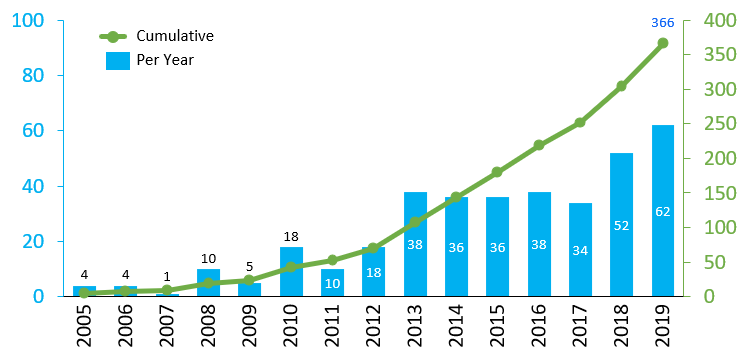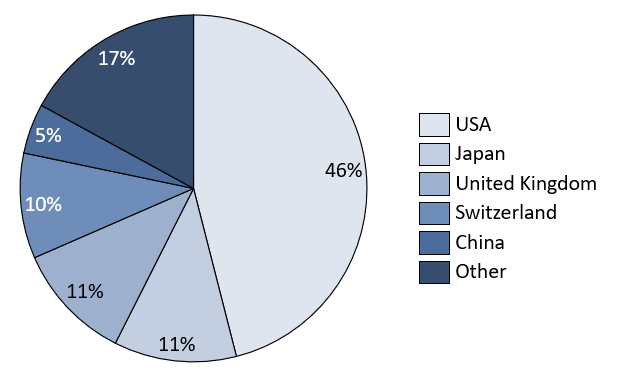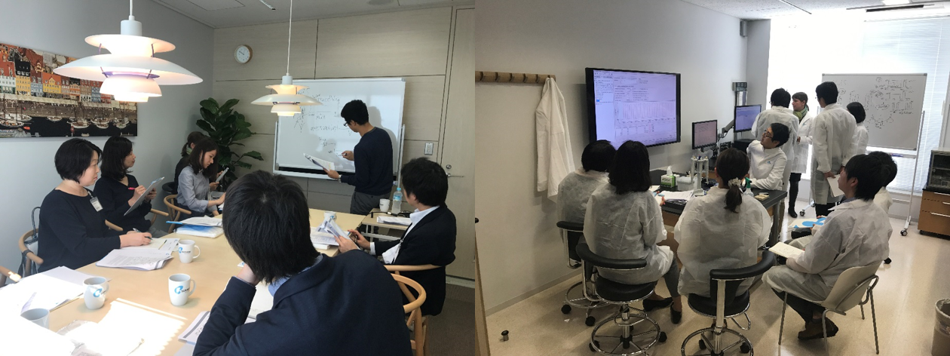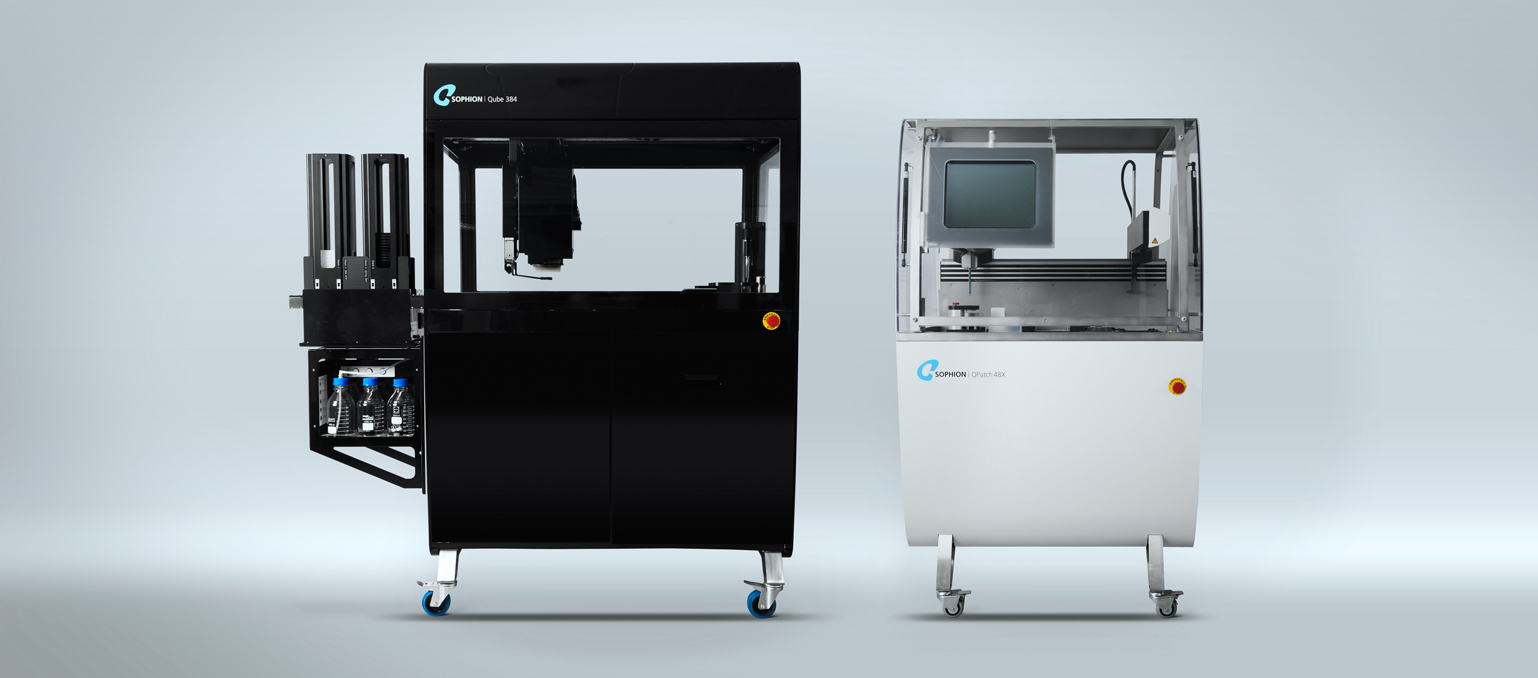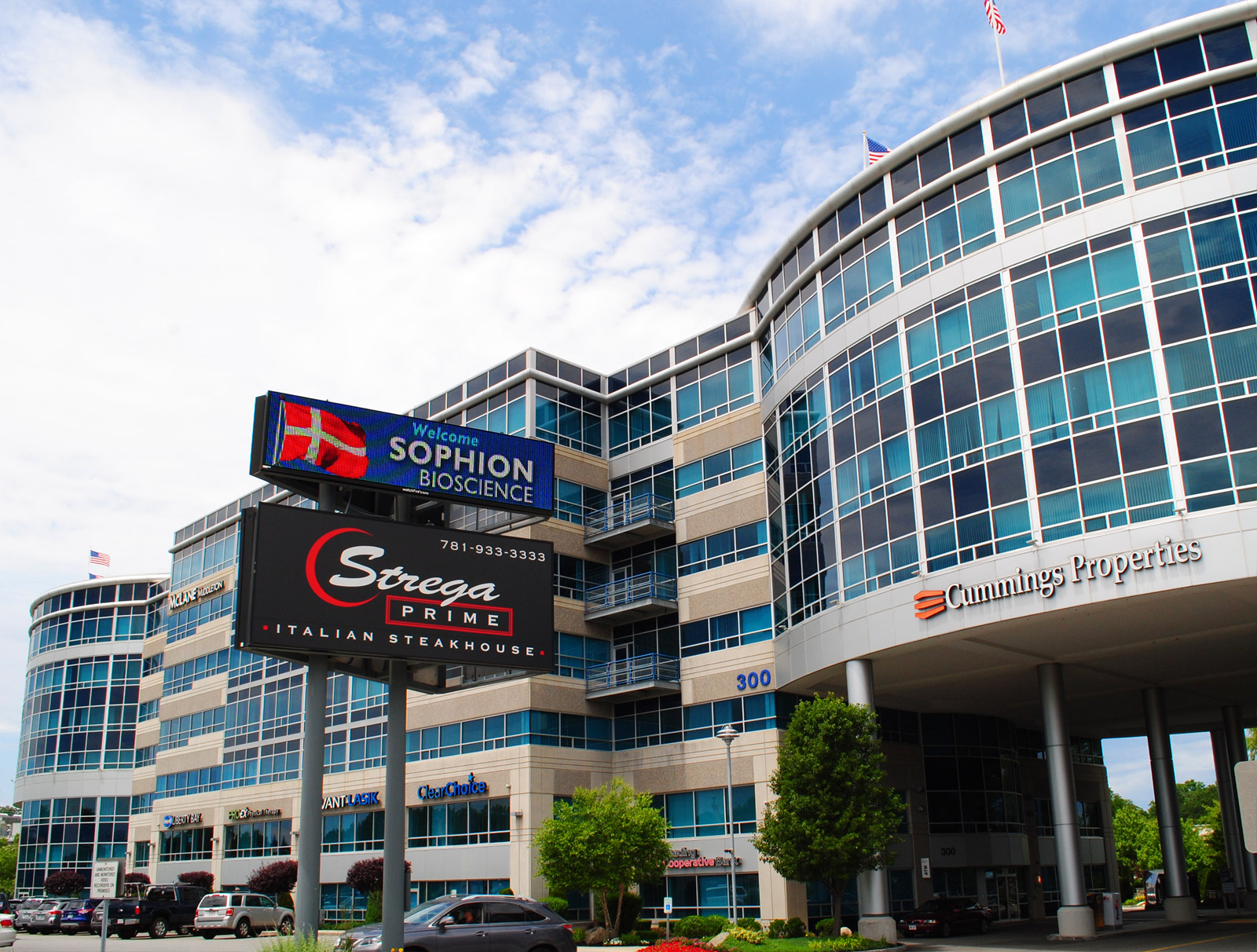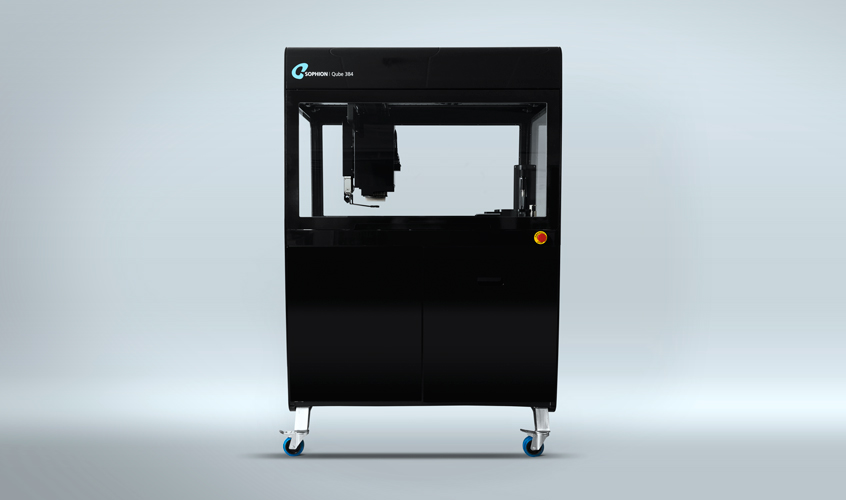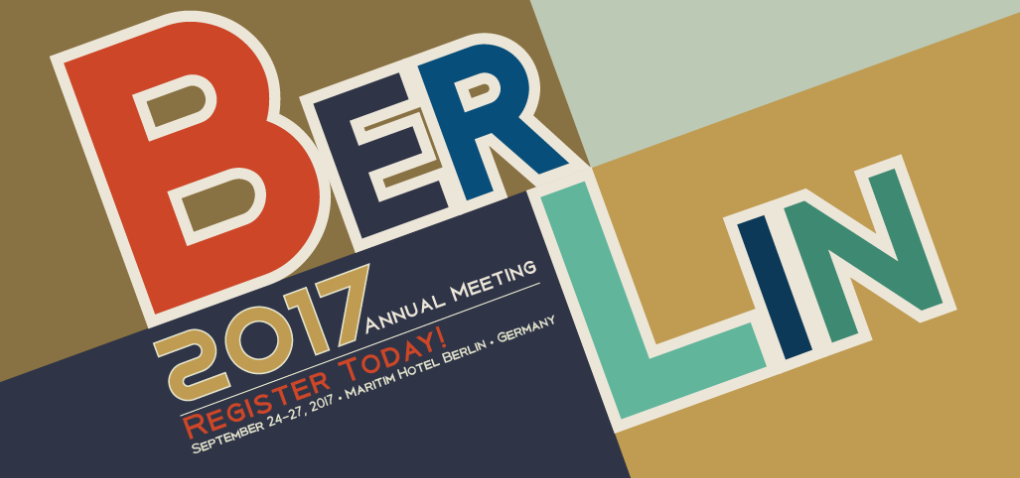22.11.2022
— automated patch clamp, channelopathy
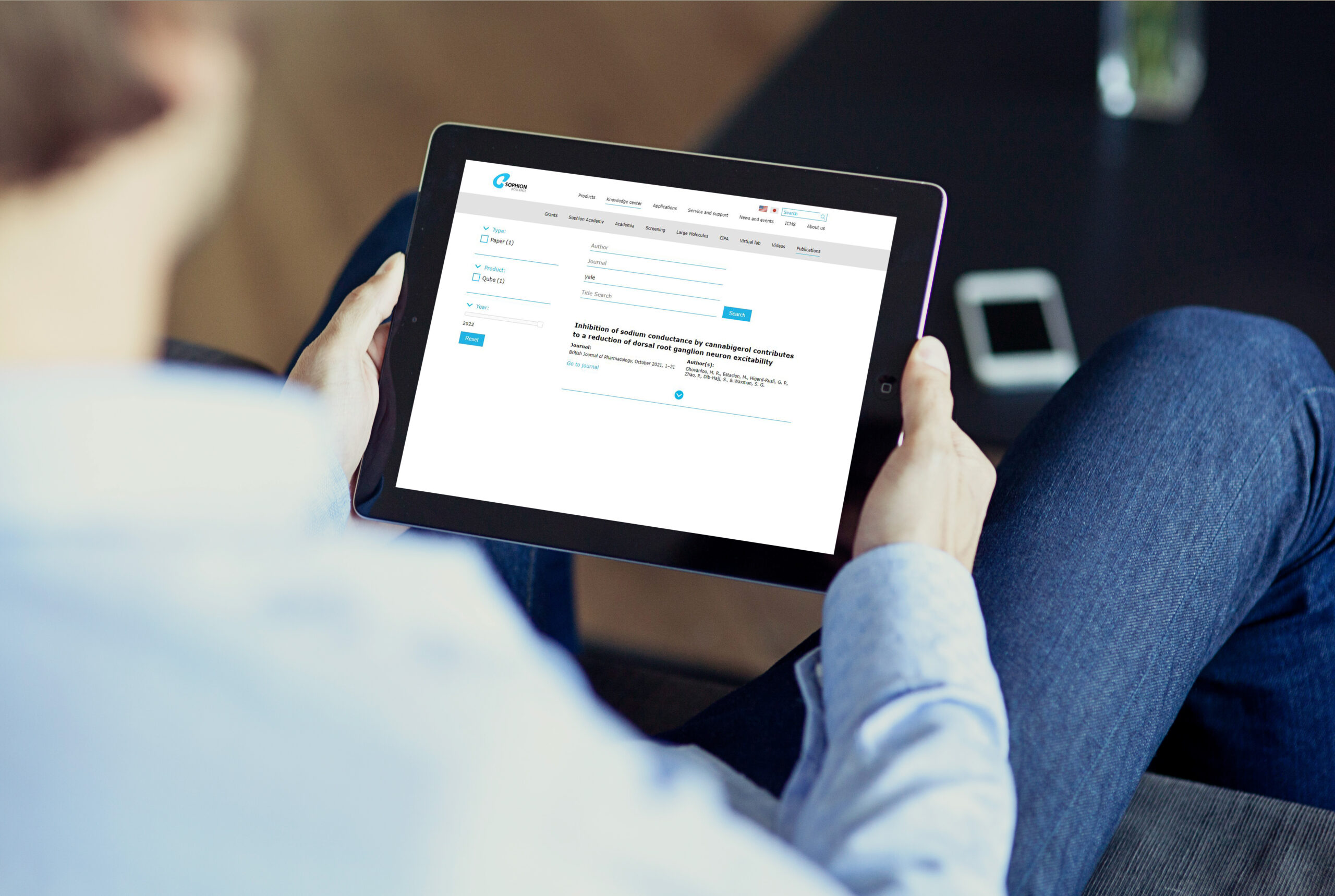
QPatch/Qubeユーザーにより、第三四半期に新たに19の論文が発表され、確実な成果が示されています。
ハイライトのご紹介
- Ghovanloo et al., PLoS ONE – Simon Fraser UniversityとXenon Pharmaceuticalsの共同研究では、Qubeを使用したグラミシジン電流に対するカンナビジオールの影響と、それらの抗生物質活性への影響を定義しました。
- McMahon et al., Toxins; Wang et al., Membranes – Queensland大学から2つの論文が発表されました。McMahonらは、Navチャネルのブロッカーである海洋カタツムリのコノトキシン、SxIIIC、SmIIIAおよびKIIIAの生物物理学的かつ薬理学的比較について述べています。Wangらは、アブラナ科の野菜に含まれる天然物のインドール-3-カルビノールが、T型カルシウムチャネル(1-3.3)を遮断し、がんの抗増殖に関与することを明らかにしました。
- Watt et al., JPTM – hERG, Cav1.2, Nav1.5 (peak/late)といった心臓イオンチャネル安全性薬理学を深く試験し、ファイザーのSteve Jenkinson博士のチームはGLPマニュアルパッチクランプデータ、Qube オートパッチクランプおよびhERG結合データを、化合物の催不整脈/Torsades de pointesリスクモデルと比較しました。
- Wade et al., Bioconjugate Chem. – ヘビ咬傷抗毒素抗体(ナノボディ)の発見と開発についての、DTUのAndreas Laustsen教授とSophionの共同研究における4番目の論文です。
以下のリンクをクリックして論文をご覧ください。
McMahon et al. (2022). µ-Conotoxins Targeting the Human Voltage-Gated Sodium Channel Subtype Nav1.7
Davie et al. (2022). A Potent and Selective Small Molecule Plasma Kallikrein Inhibitor Featuring a Novel P1 Group as a Potential Oral On-Demand Treatment for Hereditary Angioedema.
Toti et al. (2022). Structure−Activity Relationship and Neuroprotective Activity of 1,5-Dihydro-2H-naphtho[1,2-b][1,4]diazepine-2,4(3H)-diones as P2X4 Receptor Antagonists.
Sengupta et al. (2022). Novel benzoxazinone derivative as potent human neutrophil elastase inhibitor: Potential implications in lung injury.
Ghovanloo et al. (2022). Cannabidiol increases gramicidin current in human embryonic kidney cells: An observational study.
Caroff et al. (2022). Design, Synthesis, and Pharmacological Evaluation of Benzimidazolo-thiazoles as Potent CXCR3 Antagonists with Therapeutic Potential in Autoimmune Diseases
Wang et al. (2022). Diindolylmethane Derivatives: New Selective Blockers for T-Type Calcium Channels.
Gu et al. (2022). Targeting the LPA1 signaling pathway for fibrosis therapy: a patent review (2010-present).
Abram et al. (2022). Discovery of (R)‑N‑Benzyl-2-(2,5-dioxopyrrolidin-1-yl)propanamide [(R)-AS‑1], a Novel Orally Bioavailable EAAT2 Modulator with Druglike Properties and Potent Antiseizure Activity In Vivo.
Meyer et al. (2022). Discovery and In Vivo Evaluation of ACT-660602: A Potent and Selective Antagonist of the Chemokine Receptor CXCR3 for Autoimmune Diseases.
Watt et al. (2022). Use of high throughput ion channel profiling and statistical modeling to predict off-target arrhythmia risk – One pharma’s experience and perspective.
Jin et al. (2022). Development of fluorine-substituted NH2-biphenyl-diarylpyrimidines as highly potent non-nucleoside reverse transcriptase inhibitors: Boosting the safety and metabolic stability.
Faria et al. (2022). Environmental levels of carbaryl impair zebrafish larvae behaviour: The potential role of ADRA2B and HTR2B.
Wade et al. (2022). Generation of Multivalent Nanobody-Based Proteins with Improved Neutralization of Long α-Neurotoxins from Elapid Snakes. Bioconjugate Chemistry.
Zhang et al. (2022). Structure-Based Optimization of Coumestan Derivatives as Polyketide Synthase 13-Thioesterase(Pks13-TE) Inhibitors with Improved hERG Profiles for Mycobacterium tuberculosis Treatment.
Ma et al. (2022). Use of Solvent Mapping for Characterizing the Binding Site and for Predicting the Inhibition of the Human Ether-á-á-Go-Go-Related K + Channel.
Koester et al. (2022). Discovery of Novel Quinoline-Based Proteasome Inhibitors for Human African Trypanosomiasis (HAT).
Wang et al. (2022). Design, Synthesis, and Biological Evaluation of Androgen Receptor Degrading and Antagonizing Bifunctional Steroidal Analogs for the Treatment of Advanced Prostate Cancer.
Feng et al. (2022). Discovery of Selenium-Containing STING Agonists as Orally Available Antitumor Agents.


